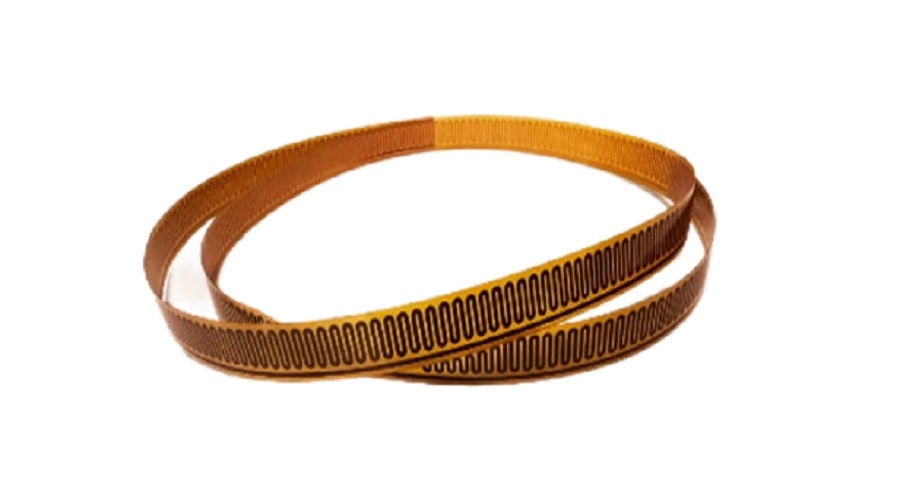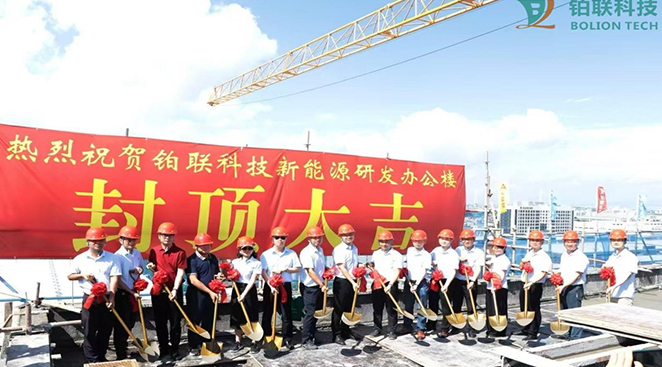Around 2017, New Energy Battery FPC (Flexible Printed Circuit) began to be adopted in the smart electric vehicle (EV) sector. As its superior performance became more evident and large-scale production costs dropped rapidly, the transition from traditional wiring harnesses to New Energy Battery FPC has accelerated significantly.
New Energy Battery FPC solutions are evolving toward integration with CCS (Cell Connection Systems), combining plastic structural parts and copper/aluminum busbars to form functional components for electrical connection and signal detection. The signal harness is a critical part of the battery management system (BMS) in electric vehicles, responsible for monitoring the voltage and temperature of battery cells. It enables data acquisition and transmission while providing overcurrent protection. In the event of a short circuit, it can automatically disconnect to protect the battery cells.
In BMS design, both cost and space utilization are key concerns. As battery capacity technology approaches its physical limits, structural design becomes essential for improving efficiency. Replacing traditional harnesses with New Energy Battery FPCs ensures stable performance. Currently, their primary application in EVs is within the battery systems, where demand is growing rapidly thanks to advancements in battery technology. Key development goals include improving battery performance, reducing size, and lowering costs. CTP (Cell-to-Pack) and CTC (Cell-to-Chassis) technologies increase system energy density by simplifying internal components and improving volumetric efficiency. Should solid-state batteries enter mass production by 2025, battery technology is expected to advance rapidly.
Lightweight Design
Compared to traditional wiring harnesses and rigid PCBs used for signal collection, flexible printed circuits occupy less space and are significantly lighter in weight. When applied at the vehicle level, using FPC instead of harnesses can reduce overall weight by approximately 1 kg.
Process Flexibility
Unlike conventional wiring harnesses that require multiple insertion points and complex manual assembly, the flexible printed circuit offers greater freedom in process selection. They can be tailored to the battery pack design and support a range of joining methods such as ultrasonic welding and soldering. FPCs also offer advantages in circuit area thickness and bendability.
Automation Capability
Thanks to their fast and precise assembly, New Energy Battery FPCs are conducive to automated production. Their use helps eliminate many manual errors associated with traditional harness design and reduces connector-level misinsertion. The uniform shape and high integration of flexible circuit boards save significant time in wiring and connections. This makes them ideal for large-scale mechanical production, reducing assembly time and labor costs, and laying the groundwork for full automation in power battery assembly. As a result, the demand for fpc flexible printed circuit in the power battery sector is growing, with flexible solutions becoming essential in modern battery manufacturing.
In the era of intelligent vehicles, the automated and widespread use of flexible circuit boards in battery systems represents a major trend. In the long term, as technology evolves, many low-voltage harness units may be gradually replaced—especially in smart vehicles that demand high signal integrity and noise resistance. Main and secondary circuit boards may eventually be replaced by chips mounted directly onto flexible circuits, improving stability, saving space, and reducing costs (although cost advantages are not yet fully realized). Technological evolution often requires deep-level innovation to enable true transformation.
 Advantages of PI Heaters in the Aerospace Industry
24 May 2025
The aerospace industry relies heavily on a wide array of components, parts, and equipment. From aircraft dashboards to communication systems on unmanned spacecraft, these devices often require the use...
Advantages of PI Heaters in the Aerospace Industry
24 May 2025
The aerospace industry relies heavily on a wide array of components, parts, and equipment. From aircraft dashboards to communication systems on unmanned spacecraft, these devices often require the use...
 Herzlich willkommen! | Join Bolion Tech in the Battery Show Europe 2025: Where Global Battery Innovation Connects
23 May 2025
In June, beneath the skies of southern Germany, the morning mist along the Rhine is gradually lifting in Stuttgart. As the first rays of sunlight pierce through the glass curtain walls of the Messe St...
Herzlich willkommen! | Join Bolion Tech in the Battery Show Europe 2025: Where Global Battery Innovation Connects
23 May 2025
In June, beneath the skies of southern Germany, the morning mist along the Rhine is gradually lifting in Stuttgart. As the first rays of sunlight pierce through the glass curtain walls of the Messe St...
 Call us on:
Call us on:  Email Us:
Email Us:  No.198 Houxiang Road, Haicang District, Xiamen, China
No.198 Houxiang Road, Haicang District, Xiamen, China